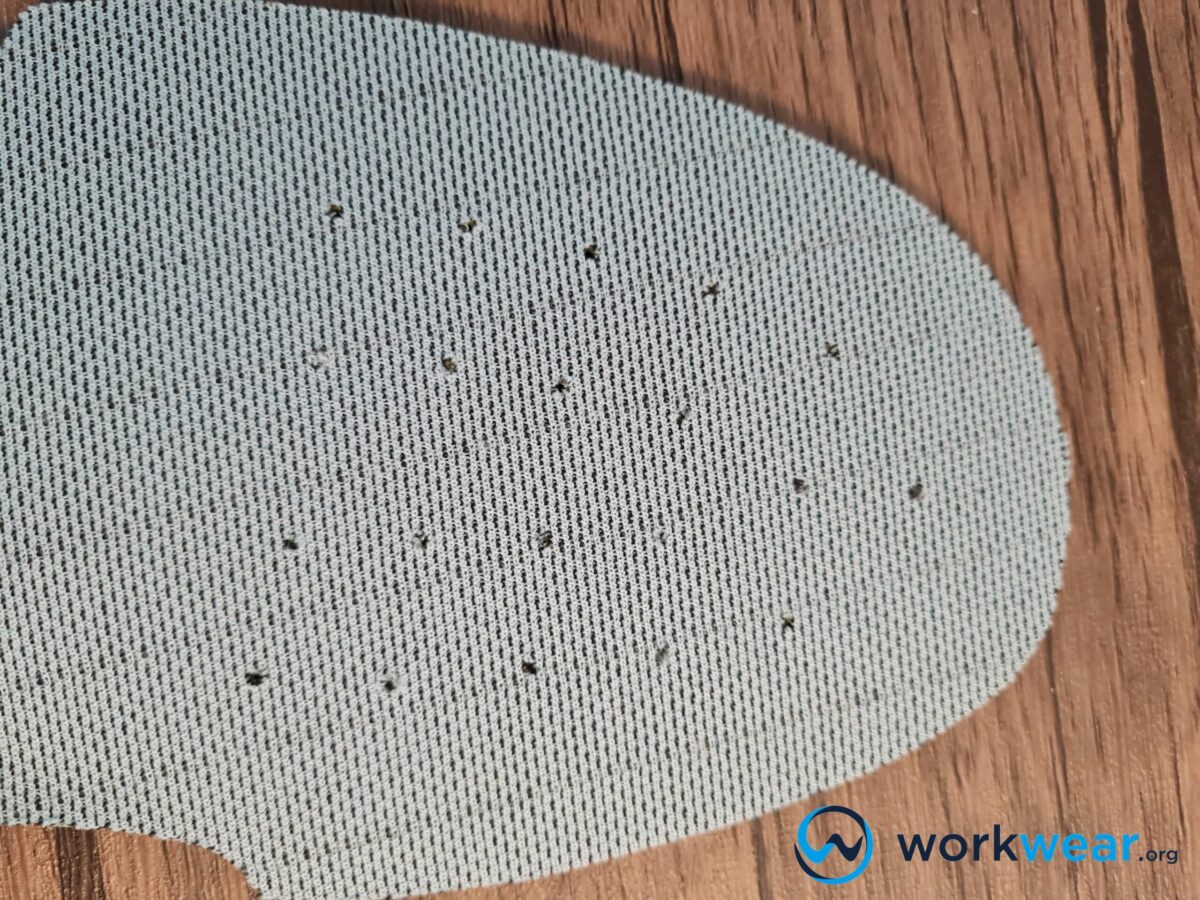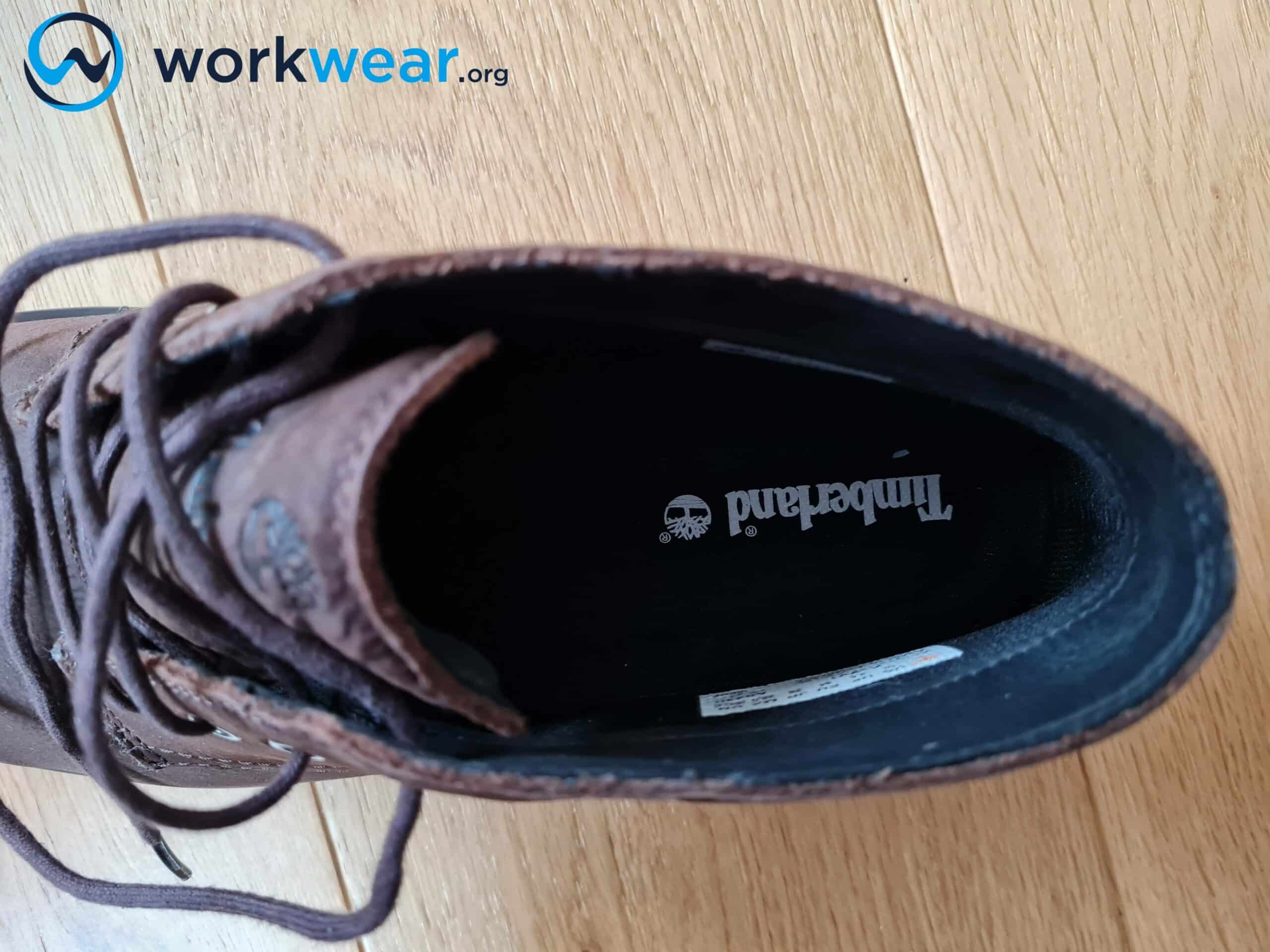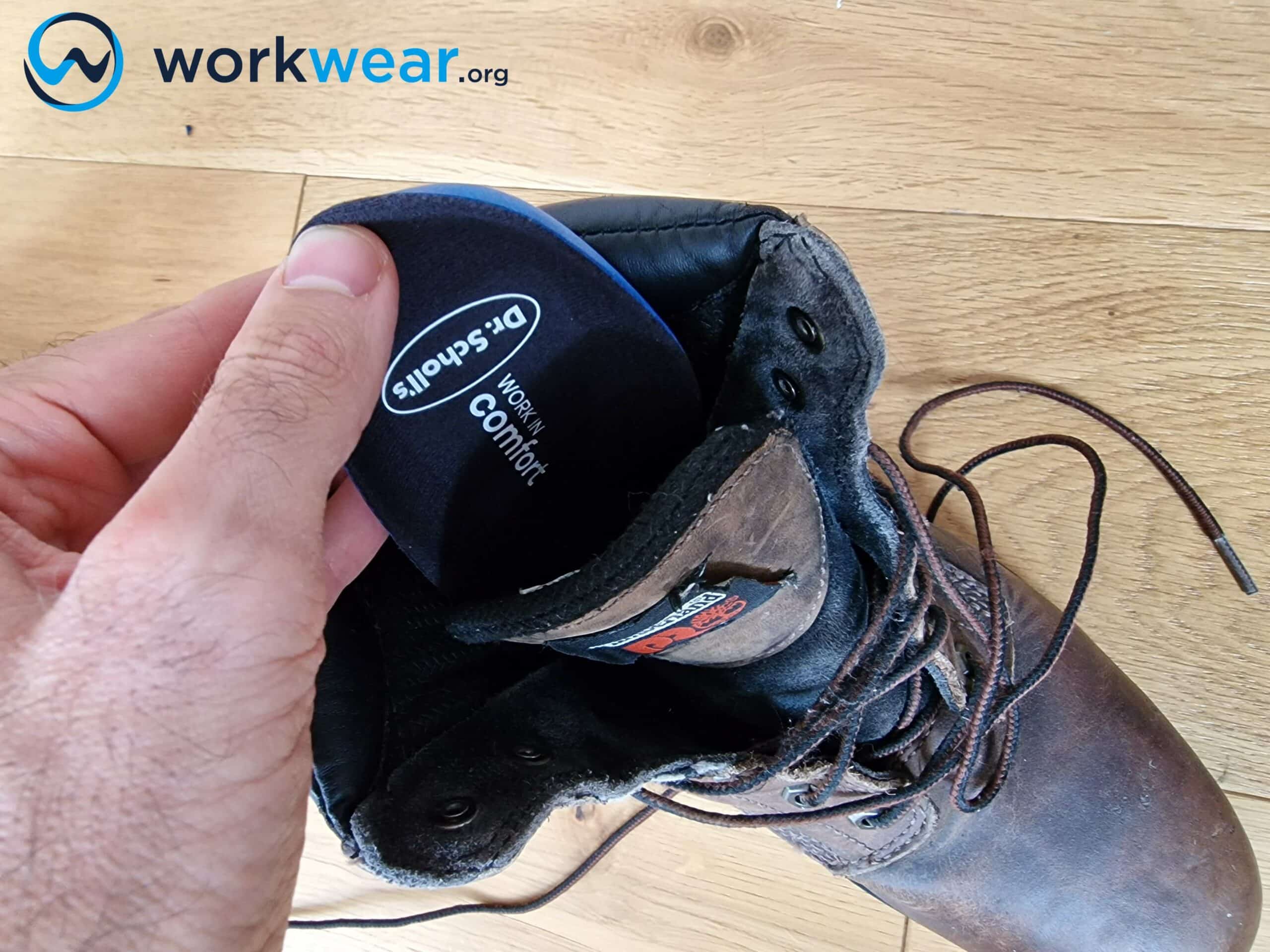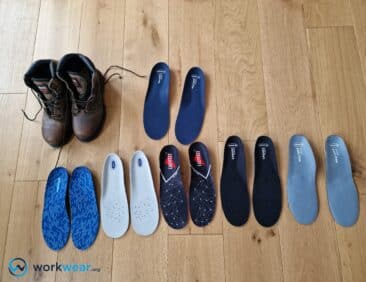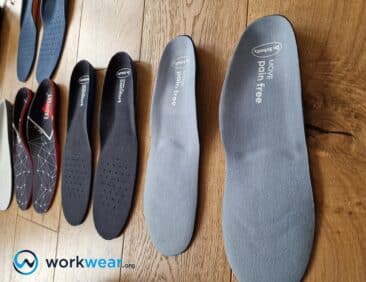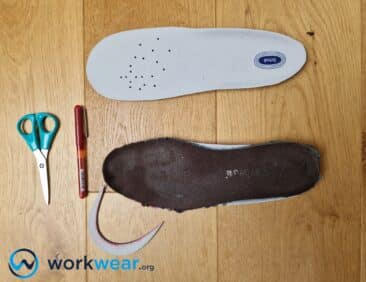How to Clean Your Work Boot Insoles – Step by Step Guide
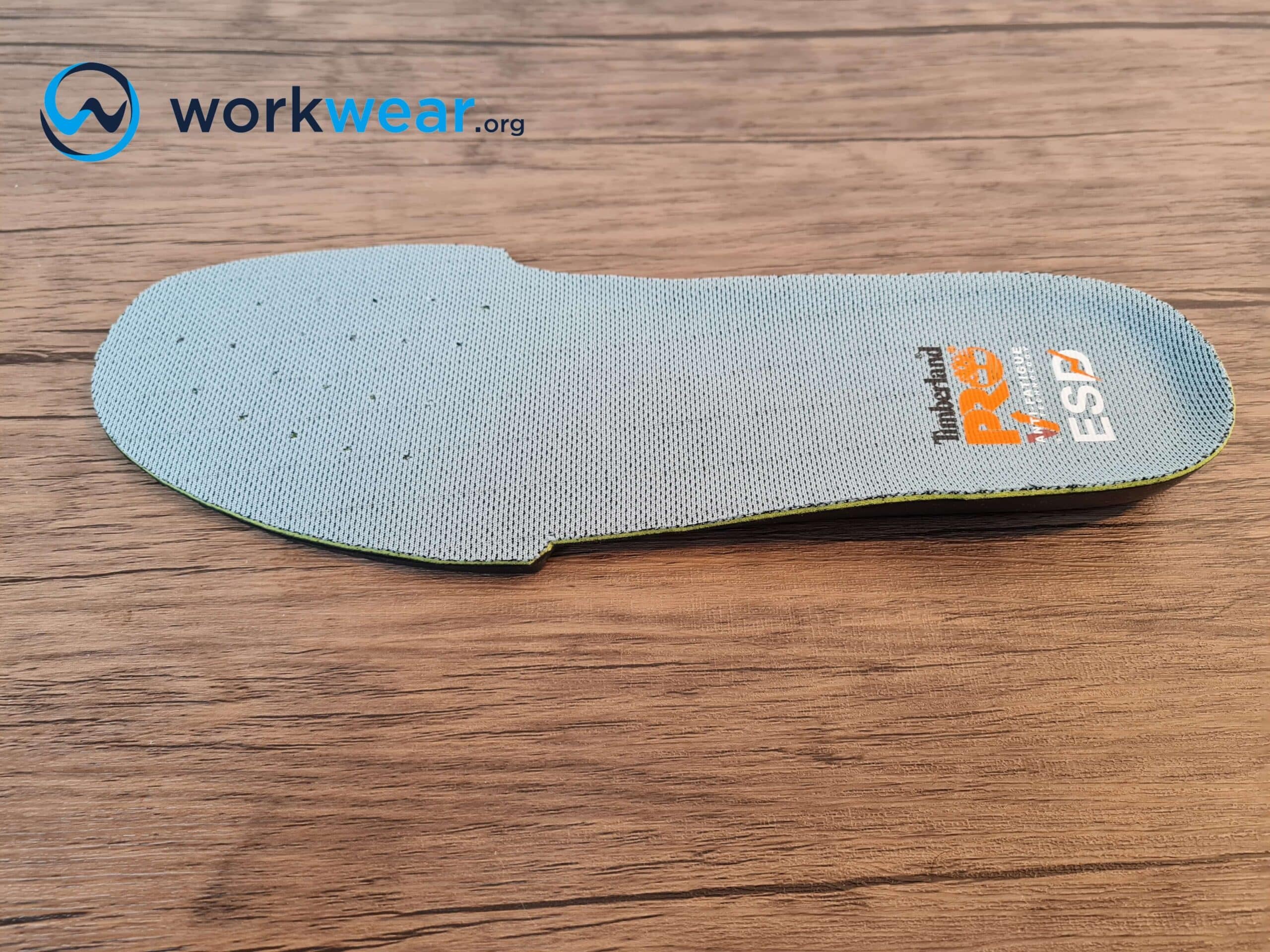
When it comes to work boots, proper care is essential for maintaining their quality, appearance, and performance over time. Among the most crucial yet often overlooked components are the work boot insoles. These insoles endure constant abuse, providing vital cushioning during long hours of walking and standing while absorbing the impact and sweat from the feet. In this article we provide a step-by-step guide for both removable and fixed insoles, ensuring you can effectively clean and care for them to extend their lifespan and keep them functioning optimally.
Types of Work Boot Insoles
Removable Insoles
Removable insoles can easily be detached from inside the work boot, so they are much easier to clean than permanently attached insoles.
They can be removed quickly and washed when dirty or develop unwanted smells.
It’s important to do the proper cleaning of work boot insoles to ensure that they’re fully washed and minimize the risk of damage to the material and overall structure.
Fixed/Non-Removable Insoles
As the name suggests, these insoles are permanently fixed and cannot be removed without damaging the work boot.
They require different cleaning methods (from removable insoles) since they can’t be removed from the work boot when they get dirty.
Non-removable insoles may be more challenging to clean because they have some sections that can’t easily be reached by cleaning solutions or brushes.
However, they can still be cleaned effectively enough to remove dirt and other debris that may have settled in.
How to Clean Removable Insoles
First, check the manufacturer’s instructions on properly cleaning the removable boot insoles. This step can help protect the insoles from getting damaged and ensure they’re cleaned correctly.
If there’s no information from the manufacturer, it’s best to wash the insoles by hand to avoid material deterioration that can occur with machine washing.
Remove visible dirt or debris from the surface of the insoles. Next, pick out lint, threads, or tiny pebbles that may have entered the work boot and lodged into the insoles.
Prepare a cleaning solution in a small bowl by mixing warm water with a small amount of liquid detergent. Mix the solution well before using it to clean the insoles.
Dip a brush with stiff bristles in the solution and use it to scrub the insoles. You can also use a cloth to apply the cleaning solution to the insoles before scrubbing to remove the dirt.
Don’t soak the insoles in water or cleaning solutions, as this can result in damage or an even longer drying process.
Take extra care to inspect and clean the heel and toe areas more thoroughly. These high-wear sections are typically more prone to bacterial growth and should be given more attention during washing. The toe and heel areas also accumulate a lot of debris, so they are usually dirtier than other parts of the insoles.
Scrub the top and bottom surfaces of the insoles thoroughly to ensure that all the areas are thoroughly cleaned.
When the insoles are clean, rinse them and carefully squeeze out the excess water afterward.
Remove as much moisture as possible by patting the insole dry with paper towels or a clean piece of cloth.
Alternatively, you can use a solution of equal parts alcohol and water, which can be applied to the insoles for cleaning.
Place the insoles on an even surface in a well-ventilated area (away from direct sunlight) and allow them to dry naturally.
Don’t use heat to dry the work boot insoles. Heat can cause the adhesive to disintegrate, resulting in the insoles’ layers separating and breaking apart in the process.
Ensure the insoles are completely dry before returning them to the work boots.
To successfully remove odors, use baking soda on the work boot insoles. Place two teaspoons of baking soda in a plastic bag, and put the insoles in, too. Shake the bag until the baking soda gets into all areas of the insoles, and leave them inside the bag overnight. The next day, remove the insoles from the bag and wipe off the excess powder on all surfaces.
How to Clean Fixed/Non-Removable Insoles
Consult the work boot manufacturer’s instructions (if available) on properly cleaning the non-removable insoles. This reduces the risk of damage to the insoles and other work boots’ other components.
Gently tap the work boots on a hard surface (such as a wall) to dislodge debris that may be caught inside the footwear.
Inspect the work boot interior and manually remove any visible debris, as these can interfere with the cleaning process.
Mix equal water and alcohol to create a cleaning solution, which can be placed in a small bowl or a spray bottle.
Spray the cleaning solution or apply it to the insoles inside the boots using a cloth.
You can reach into the boots to scrub the cleaning solution better on parts of the insoles that look more soiled.
Let the work boots – and the cleaned insoles – dry naturally in a properly ventilated place away from direct sunlight.
If DIY cleaning procedures can’t remove persistent odors or stains, taking the work boots for professional cleaning is a good idea. The stubborn smells and marks may also indicate that it’s time to replace the insoles with brand-new ones.
Conclusion
It’s easy to neglect work boot insoles because they’re not easily seen regularly, unlike the uppers that are constantly on display. You’ll need to exert extra effort if you want to care for the boots’ insoles properly, but in the end, the effort will be worth your while. Keeping the insoles clean can prolong their life, enabling them to perform well so that your feet can feel supported, comfortable, and protected for much longer. Cleaning the soles regularly will also greatly minimize the risk of bacterial infection and bad odors, which can gradually develop on insoles not properly washed or disinfected regularly.
FAQs
- Are comfortable work boot insoles completely soft?
- No, the most comfortable work boot insoles are a mix of stiff and soft. The bottom part must be rigid enough to support the body’s weight and offer superior stability. At the same time, the upper section has to be soft enough to provide comfortable padding for the feet.
- What materials are often used for work boot insoles?
- The padded portion of work boot insoles is typically made with soft materials, such as memory foam, double-density foam, or gel. Meanwhile, the bottom part is often made with more rigid materials, including rubber or hard plastic.
- Does cleaning remove the bad odor from work boot insoles?
- Proper cleaning can prevent and eliminate the bad odor from work boot insoles. If your feet are sweating prone, consider insole options with antimicrobial treatment for better odor prevention.
- Why must insoles be completely dry before being placed back inside work boots?
- Insoles must be thoroughly dry first to reduce the risk of mold or bacterial growth, which tends to occur on moist surfaces.
678+
Products Reviewed
24+ Years
Combined Experience
500+ Hrs
Field Testing
